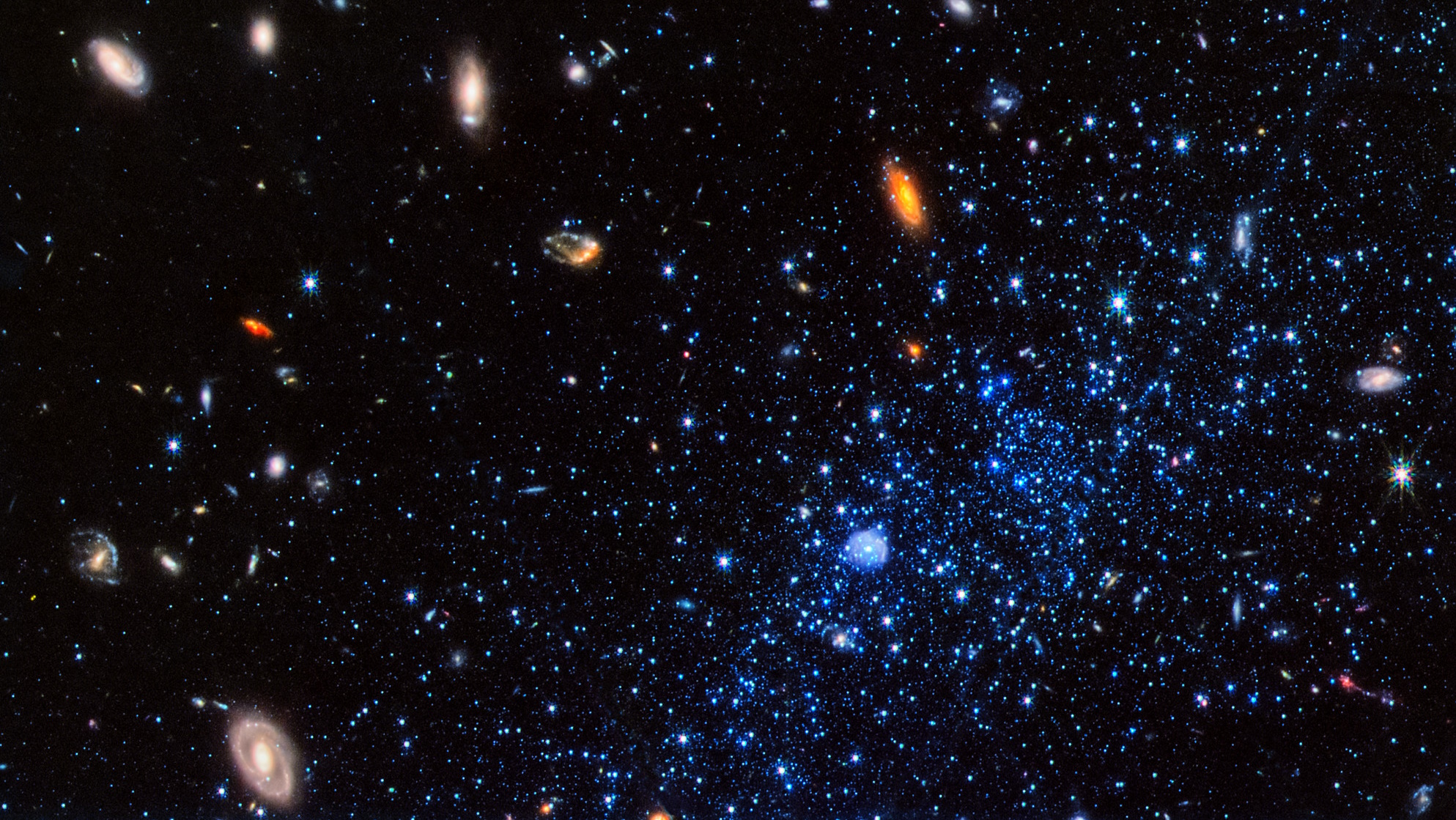Kirk Johnson delivers a complete history of life on Earth in 3 minutes.
Kirk Johnson: Life on Earth is an amazing story. The planet forms around 4.567 billion years ago. The first rocks that appear to have any chemical evidence of life show up around 3.8 billion years ago. Then by 3.5 billion years ago we actually see evidence of these bacterial mounds. And we waited a long time before we see any life forms that are large. The first large life forms show up about 600 million years ago and they are sea floor organisms that are now extinct that looked like placemats believe it or not. After that there’s somewhere around 500 million years is an explosion of marine life, lots of diversification, the first organisms that were related to the different groups of marine animals you find today. It’s not until about 400 million years ago that the first life emerges onto land. The first little arachnid spider-like organisms, early plants that were only maybe a centimeter tall. Wait another 100 million years you get your first forest.
You get your first large bodied terrestrial animals. Things like giant millipedes and the first land living vertebrates evolving from fish. Sometime after that animals – four-legged animals finally learned how to eat plants. It took a while for the first terrestrial herbivores to appear. That happened somewhere around 300 million years ago. And then there’s a major extinction that happens at 250 million years ago. Don’t really know the cause but something to do with the perturbation of the Earth’s carbon cycle where we lose something like 90 percent of the species on the planet. When they disappear it’s like the near shave for life on Earth. But out of that grows the age of the dinosaurs. And for 150 million years we have a world that’s warm, a world that is so warm that no polar ice caps. And in that world a great diversity of animals that start to look familiar to you cohabit with the dinosaurs. We get the first birds. We get the first mammals. We still have these large dinosaurs and then at 66 million years ago an asteroid the size of Denver traveling 20 times the speed of a bullet crashes into the Yucatan Peninsula and causes a massive extinction of all animals that are larger than dogs on the planet.
The recovery from that is the footing for our modern world. That’s when we see the evolution of the birds, the mammals we know, marine mammals. And then the temperature starts to cool down driving forests away, building the ice caps that we know, creating grasslands. And about eight million years ago the first humans ancestors appear in the savannahs of Africa and evolve through time. And eventually colonize the world arriving here in North America about 13 thousand years ago and create agriculture and domestication of animals about ten thousand years ago and cities. And eventually we learn to dig and use fossil fuels a couple hundred years ago and create the great civilizations we live in now.
Directed/Produced by Jonathan Fowler and Dillon Fitton





